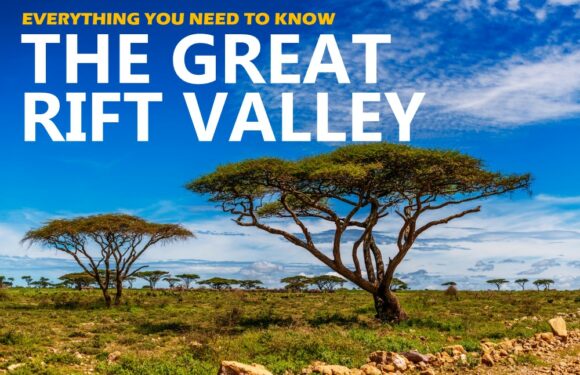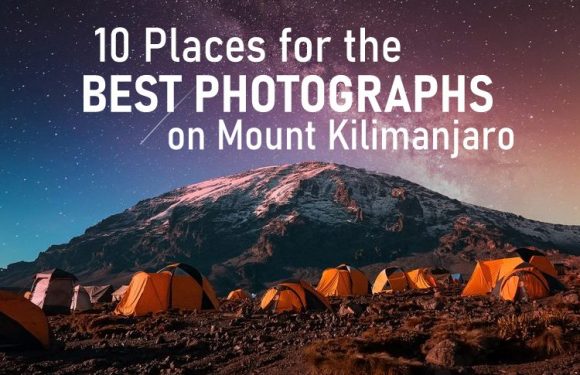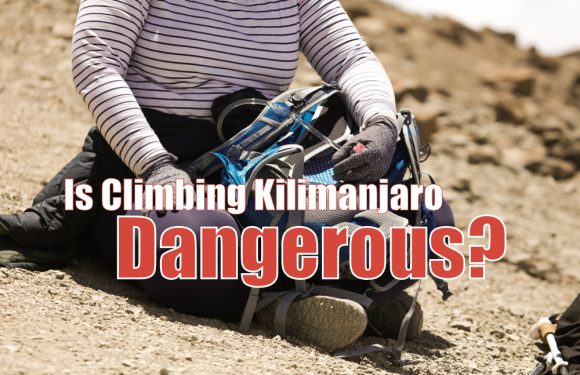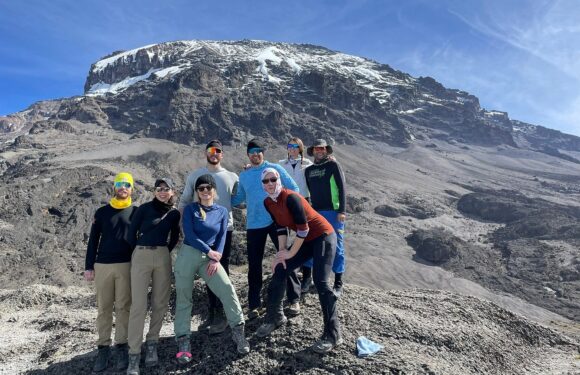
Mountains have captured our imagination since the beginning of time. These towering structures form some of the most awesome features on our planet.
But how are mountains like Kilimanjaro and Everest formed?
The answer lies in a complex interplay of geological forces.
In this article, we’ll discuss the two ways in which mountains are formed and the types of mountains they create.
First, What is a Mountain?
A mountain is defined as an elevated landform that rises above the surrounding terrain. It has prominence, generally with steep sides that show significant exposed bedrock, and typically rising at least 1,000 feet (300 meters) above the land around it.
Tectonic Plate Convergence
One of the primary mechanisms behind mountain formation is the convergence of tectonic plates.

Our Earth’s crust is divided into several large and small plates. When two tectonic plates converge or collide, immense geological forces come into play, leading to the creation of mountains. Many of the mountain ranges on Earth formed due to the collision of tectonic plates millions of years ago.
Fold Mountains
The most common type of mountains are called fold mountains, also called folded or complex mountains.

Similar to how a piece of paper folds when pushed together, fold mountains have upward folds called anticlines and downward folds called synclines. The process of fold mountain formation is called orogeny.
The Himalayan mountain range in Asia, home to the world’s highest peak, Mount Everest, is a remarkable illustration of fold mountains.

This range was primarily formed by the tectonic plate convergence between the Indian Plate and the Eurasian Plate. The Indian Plate, carrying the Indian subcontinent, is slowly but steadily pushing northward into the Eurasian Plate. As a result, the land is being crumpled and uplifted, giving rise to the peaks of the Himalayas.
Another noteworthy example of tectonic plate convergence leading to fold mountains is the Andes mountain range in South America.

Here, the Nazca Plate, an oceanic plate, is subducting beneath the South American Plate, a continental plate. This subduction process not only creates volcanic activity but also results in the uplifting of the continental crust, leading to the formation of the Andes mountains.
Other well known fold mountains include the Alps in Europe, Urals in Russia, and Rocky Mountains in North America.
Fault Block Mountains
Fault block mountains occur when tectonic activity pulls plates apart. As a result, faults or massive cracks in the Earth’s surface, force some blocks of rock up and others down. Geologically, the rise is known as a horst and the depression is known as a graben.

Lifted block nountains have two very steep slopes and a broad top with clear horst.
Tilted block mountains are characterized by a gentle slope on one side and a steep slope on another side.
The Sierra Nevada mountains in North America are tilted block mountains. The east side of the mountain range is a major fault zone. The Sierra mountains were uplifted and tilted westward. So the eastern Sierra have steep canyons while the western Sierra contain mostly gradual foothills.

Other well known fault block mountains include the Tetons in the USA, Harz Mountains in Germany, and the Jura Mountains in Europe.
Volcanic Activity
Volcanic activity is another important mechanism responsible for the creation of mountains.

These mountains are formed when molten rock pushes its way up to the Earth’s crust. Dome mountains are created when the magma lifts the rock layers, but does not penetrate the surface while volcanic mountains are formed when the magma erupts and piles upon the surface.
How Was Mount Kilimanjaro Formed?
Mount Kilimanjaro, located in Tanzania, is an iconic volcanic mountain.
What makes Kilimanjaro particularly fascinating is that it is a solitary volcanic mountain rising abruptly from the surrounding plains, rather than being part of a mountain range. This volcanic formation process is unique. Kilimanjaro is not only Africa’s tallest mountain but also the tallest free-standing mountain in the world.

What most people don’t know about Kilimanjaro is that the mountain is actually three separate volcanic cones.
Kilimanjaro’s formation was a result of volcanic eruptions that spewed forth layers of molten rock and ash. Over time, these layers built up to create the massive structure we see today. It is composed of layers of hardened lava, volcanic ash, and other volcanic materials. This type of volcano is known as a stratovolcano or composite volcano, formed through the accumulation of various flows.
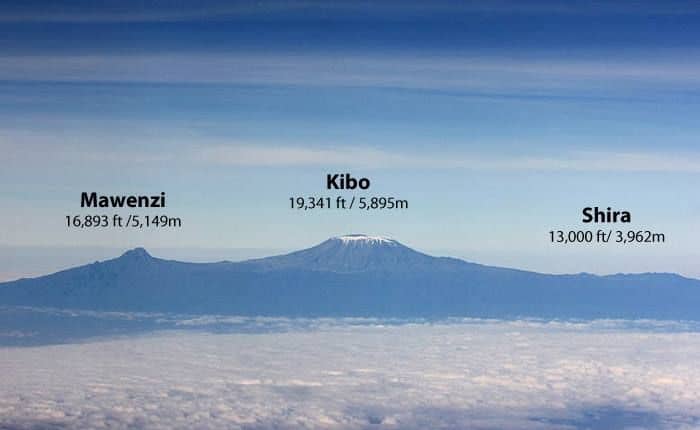
Geologists believe that Kilimanjaro actually began life as a volcano now known as Shira, which erupted about 2.5 million years ago. At the time, it was likely about 17,000 feet tall, but has collapsed and eroded over the ages to a mere 13,140 feet, making it the shortest of the three cones.
Much later, approximately 1 million years ago, Kibo and Mawenzi erupted, now standing at 19,341 feet and 16,893 feet, respectively. These two volcanoes were separated by what is now known as the Saddle Plateau, located at 14,400 feet. Aside from being the tallest of the three, Kibo is also the largest, over 15 miles wide at the Saddle Plateau altitude.
It’s also noteworthy that, while Shira and Mawenzi are extinct, Kibo is technically dormant, meaning that it still has the potential to erupt.
Other Volcanic Mountains
The Cascade Range in the Pacific Northwest of the United States is another prominent example of mountains formed through volcanic activity.

This range includes well-known peaks like Mount St. Helens and Mount Rainier. The Cascades are part of the Pacific Ring of Fire, a horseshoe-shaped zone known for its high volcanic activity.
Other popular volcanic mountains include Mount Fuji in Japan, Mount Etna in Italy, and Cotopaxi in Ecuador.
Conclusion
The formation of mountains is a testament to the dynamic and ever-changing nature of our planet. Whether created through tectonic plate convergence or volcanic activity, mountains provide a window into the intricate geological processes that have shaped our world over time. They serve as a reminder of the ongoing geological processes that shape the world beneath our feet.



















































